Column
Why I Read Books On Same-Sex Families To My Children
Years ago, a friend gave us a children’s board book called Daddy, Papa And Me by Lesléa Newman. As you may have guessed, the story centres around two dads and their child. The storyline and the simple, yet delightful illustrations show and talk about a variety of kid-friendly activities that Daddy and Papa do with their little nugget, such as cooking, flying a kite, and crafts, among others.
Back then, when our first-born was an infant, the book, although lovable, also seemed a bit odd. Ours was a ‘conventional’ family with a mom, a dad, and a child. Was a book about same-sex parents even applicable to us? Turns out, it was. And very quickly, Daddy, Papa And Me became an amazing addition to our repertoire of kids’ books.
Living in an LGBTQ-friendly city like Seattle, it’s not uncommon to find non-heteronormative families. Daddy, Papa And Me, in its sweet and charming way, transforms what is stereotypically considered to be a non-conventional family into a beautifully natural or typical family structure. Just like a mother and a father, two dads are perfectly capable of providing the love, security, warmth, and nurturing environment a child needs to thrive in.
Non-heteronormative Families Around Us
Even though a typical family is still considered to be one with a mom, dad and a child (or few children) as the key players, the reality of families across the world is very different. There are single parents, same-sex parents, foster parents, adopted families, to name a few.
Anecdotally:
- I am cognisant of the fact that same-sex families are atypical and somewhat of an anomaly, especially in India.
- However, a year after the decriminalisation of homosexuality in India, a change in mindsets around societal and familial norms seems to be underway. For starters, there appears to be greater free speech and debate around LGBTQ issues, both informally as well as in the media.
- Additionally, it is no secret that today’s discourse around inclusiveness makes space for and acknowledges same-sex families, relationships and other issues impacting the LGBTQ populace. As an example, this is notably conspicuous in corporate HR policies at global MNCs like Microsoft and Starbucks.
So, for parents like me, who are looking to introduce and address notions of changed family types, particularly same-sex families, to their children, I found three books rather useful.
- Daddy, Papa And Me by Lesléa Newman
- Mommy, Mama And Me by Lesléa Newman
- And Tango Makes Three by Justin Richardson and Peter Parnell
The plot of Mommy, Mama And Me, also by Lesléa Newman, is very similar to Daddy, Papa And Me. Instead of two dads, two moms play with their little one and the three create a wonderful family together. And Tango Makes Three most endearingly demonstrates how two male penguins fall in love and create a family thanks to a zookeeper who gives them an egg to hatch. Their baby girl is called Tango, thus completing their family.
During my research for this column, I learned some interesting facts about And Tango Makes Three, making it a truly special book. The story is true. It is based on the lives of two real-life penguins, Silo and Roy who lived together in the New York Central Park Zoo. They are famously known as a same-sex animal couple. In 1998, during the mating season, they paired up, and a year later, they were given an egg to hatch. And voila! Tango was born.
Dialogue About Non-heteronormative Families
However, the real magic in each of these books goes beyond their attractive visuals and easy-to-read stories. Not that these elements aren’t important; it goes without saying that they are critical parts of the puzzle.
These books are truly captivating simply because they trigger evolved adult-child discussions around a very nuanced and complicated topic. A topic that demands thought-provoking and cognitive sophistication as children grow and become more aware of social changes around them. For instance, when they see same-sex families first-hand. It can be challenging to introduce the concept of same-sex families to children from a typical family. Books like these can certainly aid in easing parents and children into the conversation.
When I first read these books to my now pre-kindergartener and second-grader, I recall them being attracted to the visuals. They were able to relate to portrayals of familial activities and expressions of love (hugs, kisses and cuddles). They found the penguins cute, and that piqued their curiosity (“Where do penguins live?”; “When can we see them at the zoo?”; etc.). As a result, we learned a lot about penguins.
A few years later, somewhere around age three-five years, they were intrigued by the conspicuous omission of one parent. There was no mention of a mom in Daddy, Papa And Me, and a dad was completely missing in Mommy, Mama And Me. This sparked an animated discussion around how not every family is like ours. Sometimes it’s two mamas, and sometimes it’s one papa, and sometimes it’s only one parent. After that, they met friends in school who had same-sex parents. By then, they were nonchalant about same-sex families, and were perfectly aware and accepting of a family structure that was different from ours.
This evolutionary process from awareness and exposure to an acceptance of same-sex families, as mentioned above, was organic. This was perhaps because these books purely celebrate a family. They earnestly portray a picture of a happy family. It doesn’t matter who comprises a family. What matters is that it should be a happy one. It’s important to note that books like And Tango Makes Three aren’t necessarily so much about homosexuality as they are about celebrating family coming in all forms.
As our children grow and branch off into an ever-evolving and complex world with constantly shifting norms, it is only fair that they learn from a young age to embrace change and what is real and true, rather than focus on confining definitions of what should be. Just so they can be a part of a more inclusive and accepting future. What better place to start than explore the changing complexion of a family itself? The very basic unit of our children’s fuzzy comfort zone that means more to them than anything else in the world!
Do you feel it is important for your children to read books about same-sex families? Do you recommend any books? Share with us in the comments below.
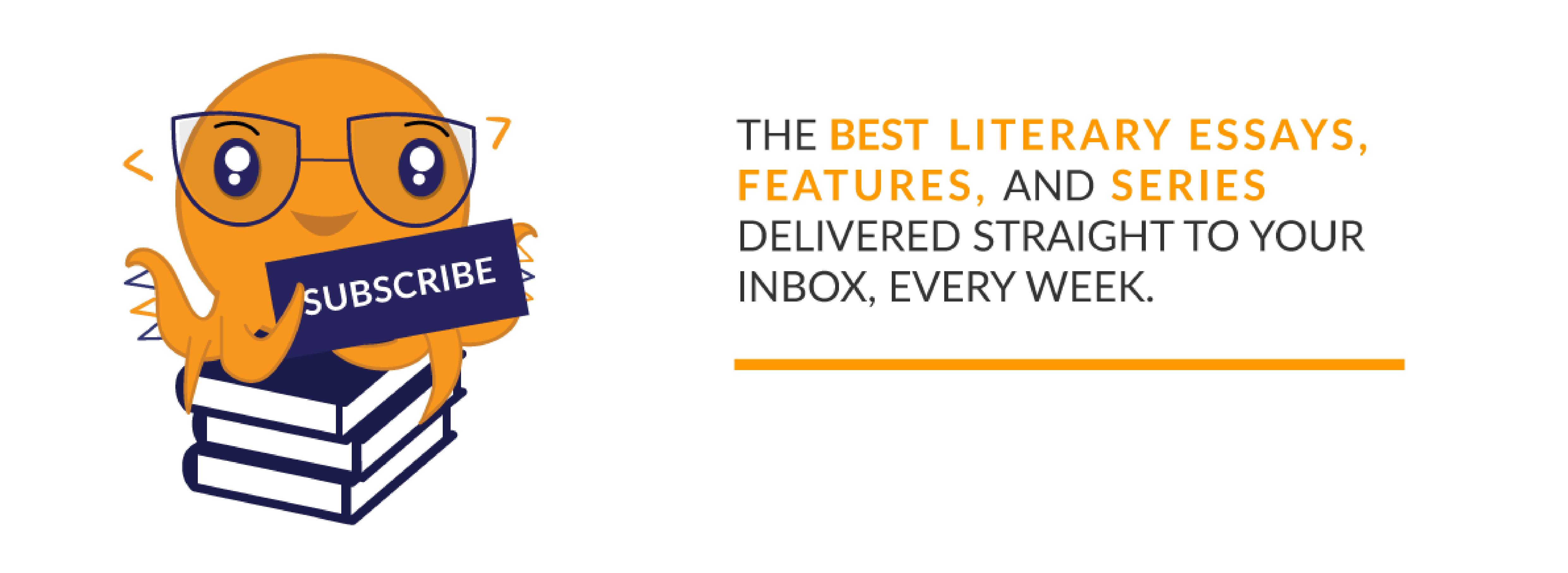

Nidhi Kirpal Jayadevan
Nidhi is an avid traveller and reader. A sushi and yoga lover. Her 'pre-kids' life was spent in the ever-dynamic field of Communication Sciences. After which, she chose to be a fulltime mom. Reading and playing with her two high energy boys has been a fascinating journey. They have (re)kindled in her a sense of wonder in all things small. Children’s literature has been an inspiring new discovery for her. She’s constantly seeing the world through little eyes, applying simple learnings to deepen life’s meaning for herself and her family.
Read her articles here.


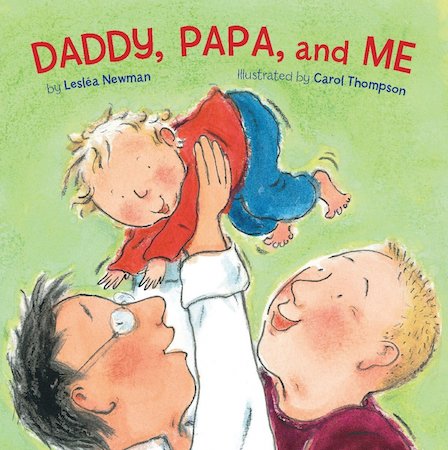
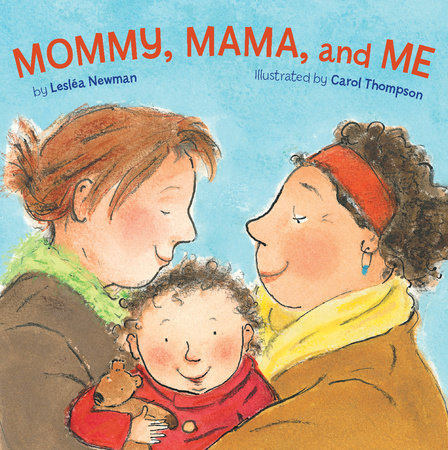
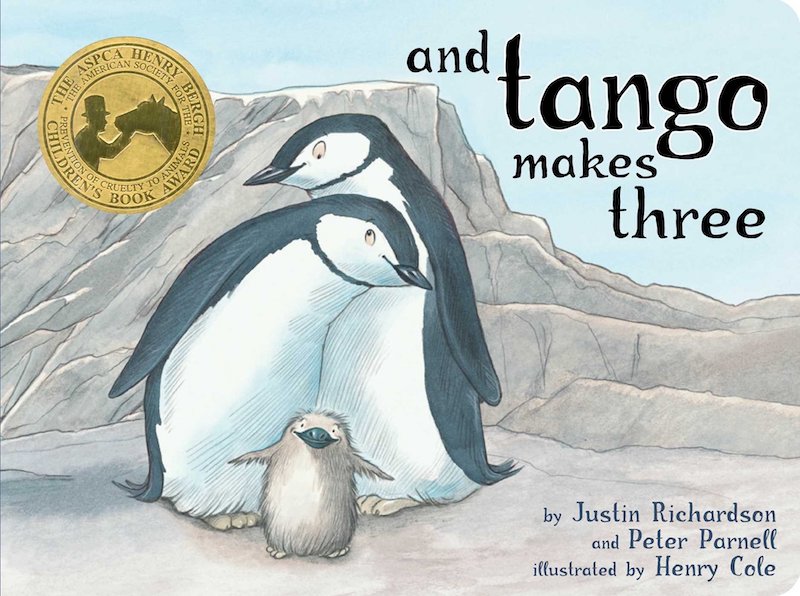
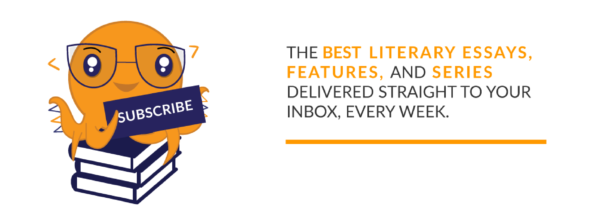

Are there good memoirs or biographies about growing up with same-sex parents?